All about samba dance

Samba is a fiery, sensual and rather difficult dance to perform... If you understand all the intricacies, you can learn to dance samba of all the available varieties. Beginners should first familiarize themselves with the theoretical component of the question.
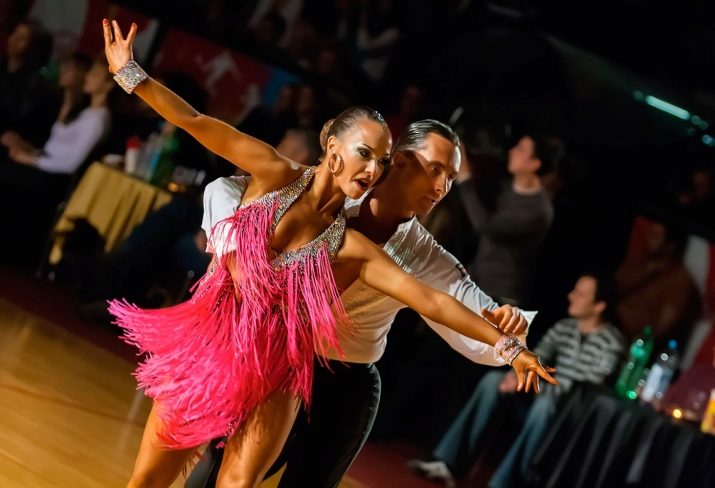
History of origin
Samba is a Latin American dance with African roots... Most of the movements that are performed during the dance to this day were brought to Brazil by slaves from Africa. Initially, the dance was considered sinful, since the performers in the process touched each other with their navels, which in those days was considered extremely undesirable.
Samba in those days was danced only by the lower strata of the population. Gradually, the upper society joined this entertainment, but at the same time some changes were made to the process itself. The most important of them is the closed dance position. The dance itself was called Zemba Queca. The literal translation is "graceful Brazilian dance".

Since 1885, new movements began to be added, the old ones were modified in connection with one or another circumstance. Gradually the dance acquired its modern name "samba". The exact translation of this word is unknown. However, Zambo translates as "mulatto", that is, a person born to a pair of African American and Brazilian women.
A few years later, the dance was renamed Maxixe. Along with the new name, additional movements were added. In this version, it existed until 1914. At the same time, attempts began to introduce dance into Europe. At first, it gained popularity in Paris, and then gradually spread to other cities and countries. The dance acquired particular demand only after the end of the Second World War. The samba was officially registered in 1956.
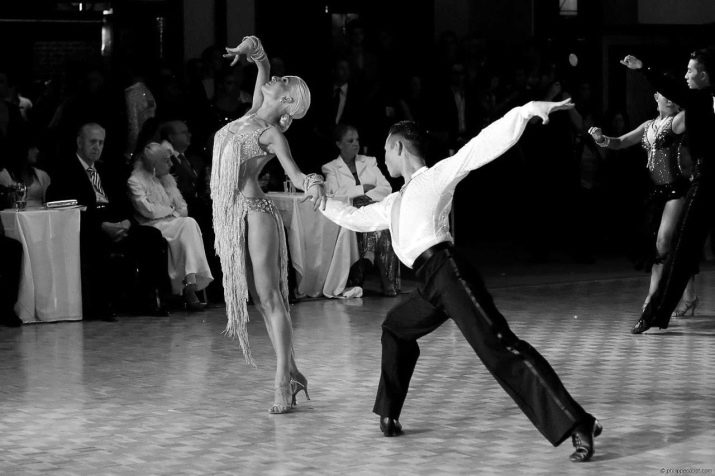
Peculiarities
Samba is danced at a fairly fast pace: from 48 to 52 beats per minute. The most important thing is the rhythm that is created directly by the dancers' hips. To create a suitable atmosphere, traditional Brazilian instruments are often used as musical accompaniment: reco-reco, cabaca, tamborim.
A feature of samba is the simultaneous combination of plasticity and sharp movements. It is customary to perform the dance in clothes that do not restrict movement. And sometimes the outfits are quite revealing. Women tend to wear high-heeled sandals, while men wear light boots.
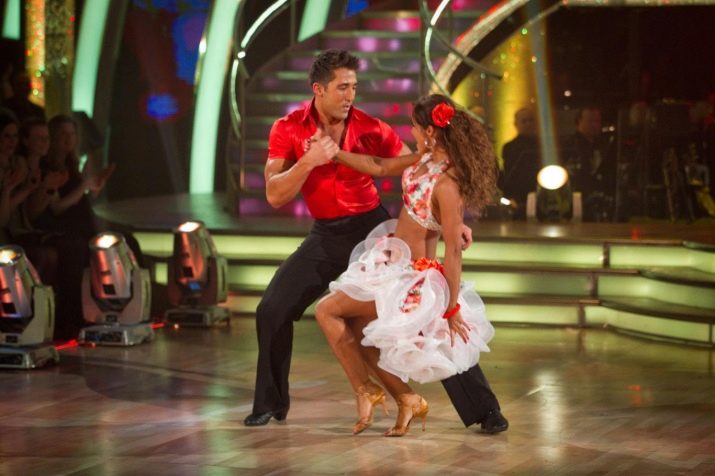
The main characteristics of the dance are:
- frequent change of positions of partners;
- activity of the hips;
- general expressive character.
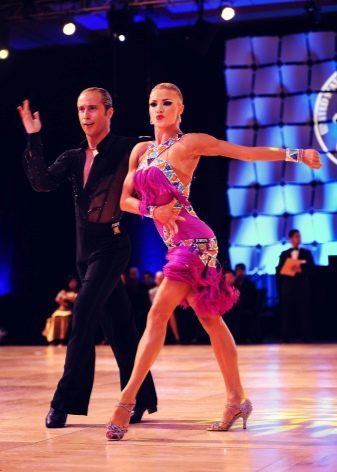
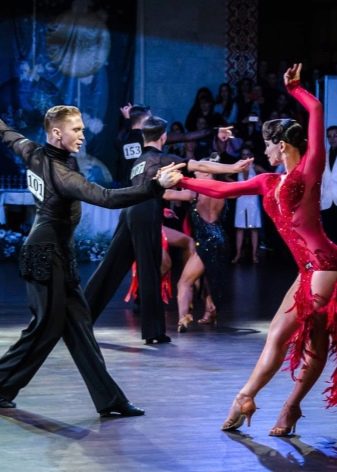
Dance movements are reproduced by the rapid movement of weight through flexion and extension of the knees.
Varieties
There are several varieties of samba. They differ from each other in a set of movements, as well as in the manner of their execution. It is noteworthy that many of them are danced during the annual Brazilian Carnival.
Samba no pe
The name of this dance literally translates as "samba on legs." If it is performed on the site, then a pair option is possible, but without support, that is, the partners do not touch each other. During carnival processions, this kind of samba is performed mainly by the fair sex. In this case, moving trucks are used as dance floors.
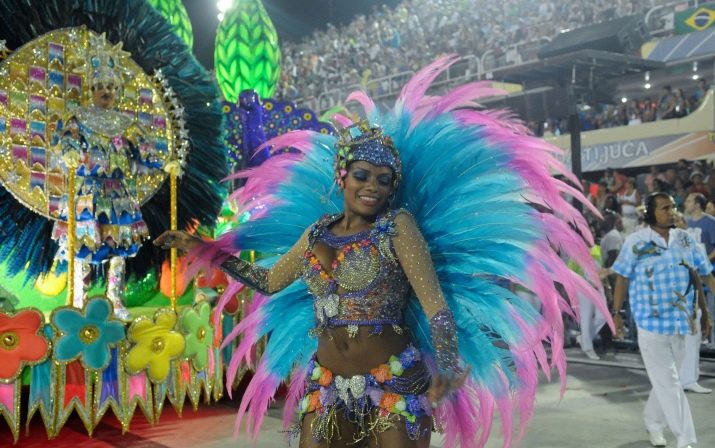
Samba de gafieira
Samba de Gafieira is a ballroom dance in which the main steps are given to the leading partner. The name comes directly from the dance floor.
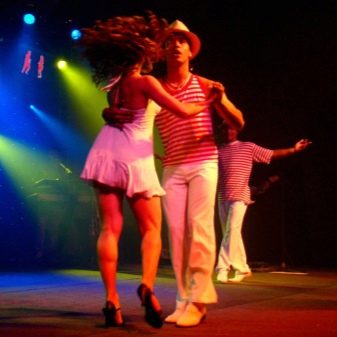
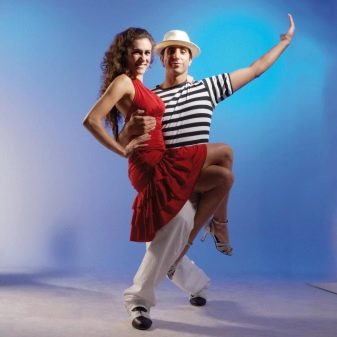
Samba internacional
Performed in pairs by a man and a woman, it belongs to the category of ballroom dancing. Here the partners interact quite closely with each other. The dance is widespread not only in Latin America, but also in most other countries.
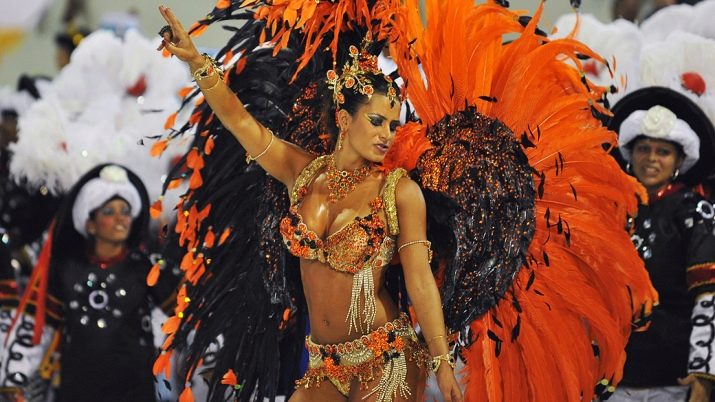
Other
The above varieties are the most popular, but they are far from the only ones.
- So, Ashe's samba was no less widespread. Performed individually or in large groups. It combines movements from samba and aerobics. Compositions with humorous text are used as musical accompaniment.
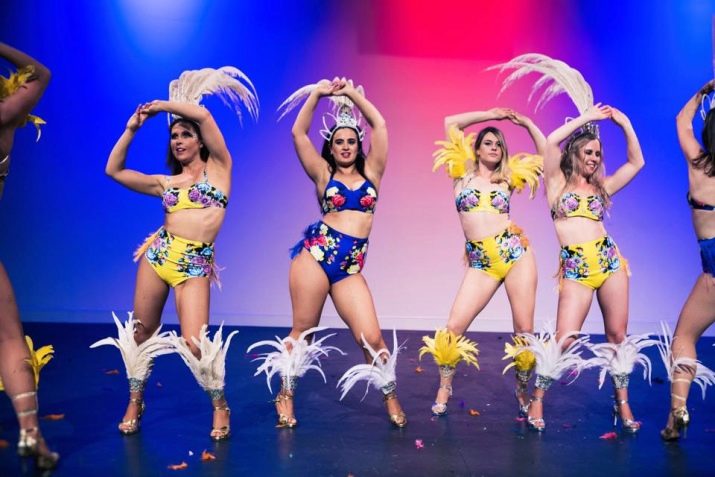
- Samba de Roda is a circular dance. It is rightfully considered the most thematic, performed at certain events. If you follow tradition, then men in this case are responsible for the musical accompaniment. Together with the women, they form a circle, in the central part of which one or two leading dancers move.
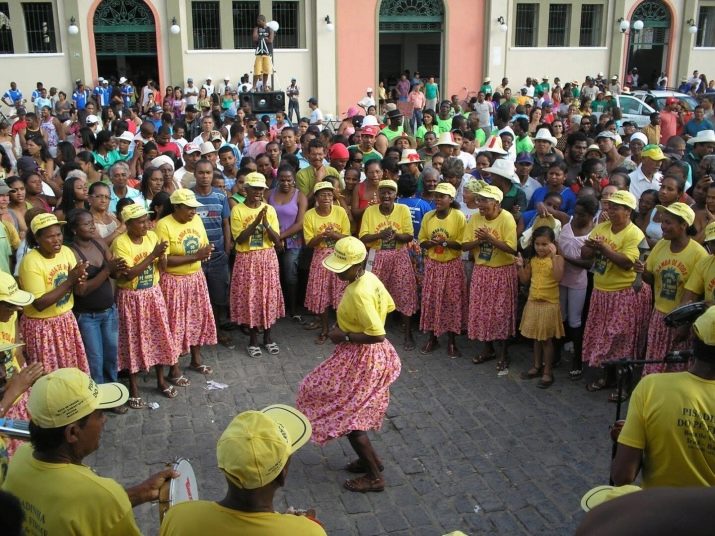
- The pagoda is a common version of the samba. This dance is performed by Brazilians of different ages and social status. It is characterized by movements of the hips, most of all, the lower body and arms are involved. The pagoda was performed by the heroes of the popular Brazilian television series "Clone". At the same time, they danced it not only on specially designated areas, but also simply on the streets of Rio de Janeiro, where the main events took place.
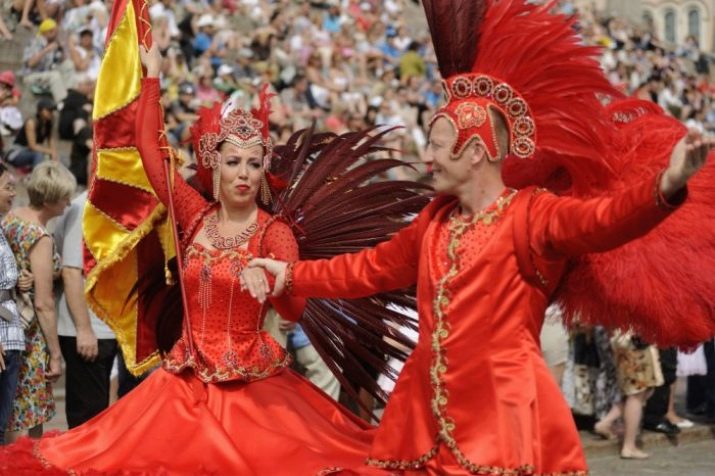
How to learn to dance?
Learning to dance samba is easy even at home. The principle is simple: first you need to master the basic movements, and then gradually hone the acquired skills. The master class consists of several sequential items step by step.
- The lead partner (usually a man) places his right hand on the woman's back. With his left hand he holds her right. The woman's left hand at this moment is located on the partner's shoulder.
- Steps should be counted on a one-to-two basis. This is necessary so that three steps are taken per account.
- It should be counted in 8 accounts, while the man always starts with the left foot, and the woman, respectively, with the right.
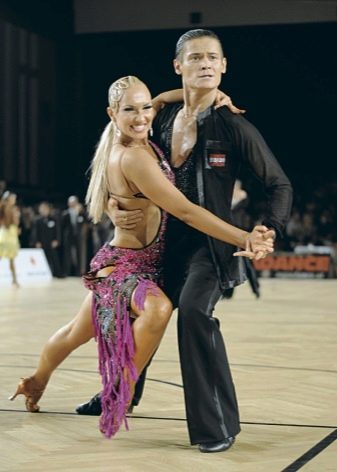
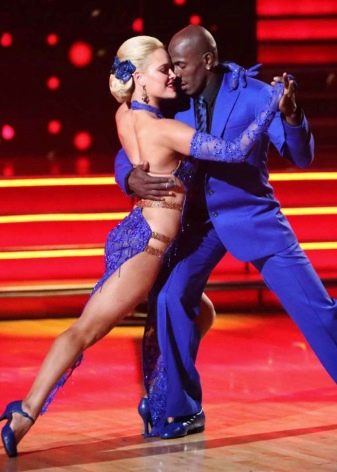
Further, the dance movements for the leader and the follower are separated. The first one should move as follows.
- Step with the left foot forward, bringing the right foot in the same direction.
- Then you should abruptly transfer the weight to the right leg and, within a few seconds, return it back to the left. It is noteworthy that the movements to the right and to the left are carried out only at the level of the hips, while the body remains practically unshakable.
- Next, you should step back with your right foot and pull your left to it, again transferring the weight.
- At the initial stage, you need to hone these movements until they are completely automatic. As soon as their execution ceases to strain, you can move on to more complex movements.
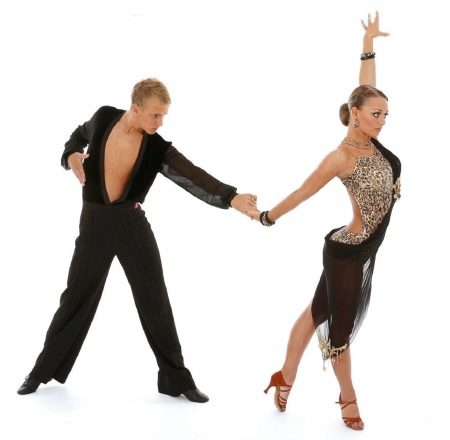
The driven partner (most often it is a woman) must perform the following movements.
- Step back with the right foot, then move to it with the left, but without transferring the support to the last.
- Next comes the movement of weight left and right. Here, too, movements are carried out at the level of the hips. The upper body remains motionless.
- Then again a step is made forward on the left leg and a quick subsequent movement to it with the right.
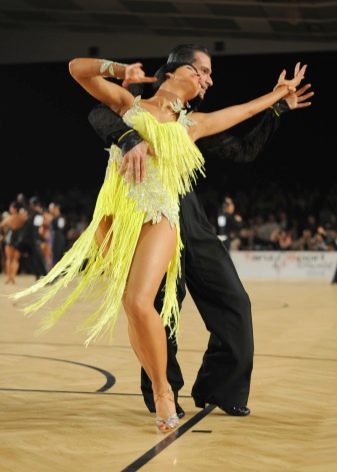
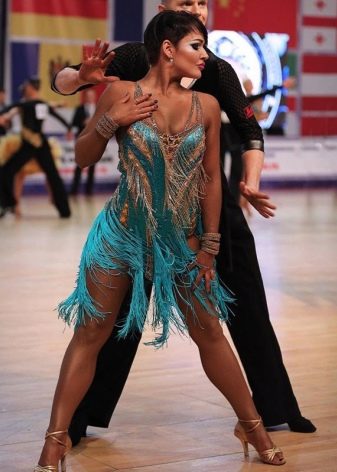
General recommendation for dancers: while honing the movements, it is imperative to listen to the music to which the samba is danced. Once the steps are almost perfect, you can move on to complex elements, such as turns.
Since the leader is the main one in the pair, his task is to show the follower what he wants to do at a certain moment.
In order to learn how to dance samba, it is absolutely not necessary to take full-time lessons. Moreover, this form of education is not suitable for everyone in terms of cost, location of the school and some other parameters. The most affordable option for children and adults is independent study of dance at home.
It is not difficult to study the theoretical component, and it is recommended to take illustrative examples from the available video materials.
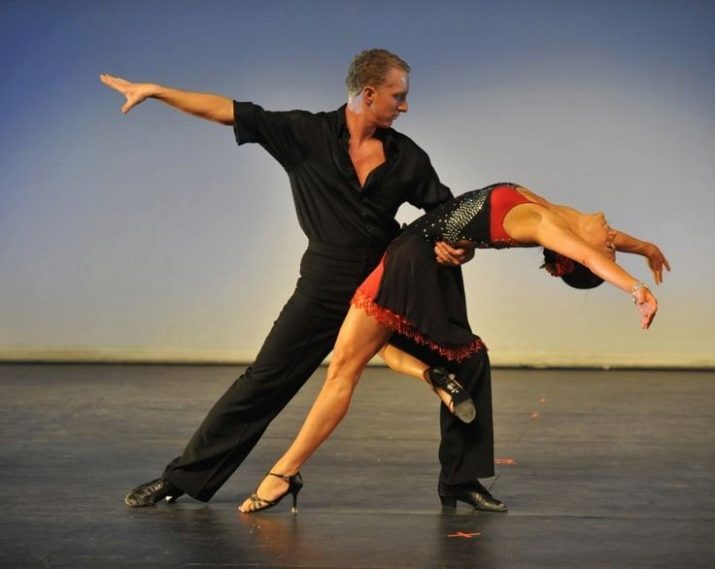
In this video, the teacher in an understandable and accessible form shows the movements that were described in the theoretical part. It is recommended to just look a few times, and then repeat after the teacher. In order to create an appropriate atmosphere, you need the following:
- a large mirror to control your own movements;
- availability of appropriate clothing;
- suitable musical accompaniment.
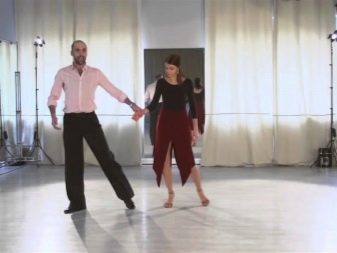
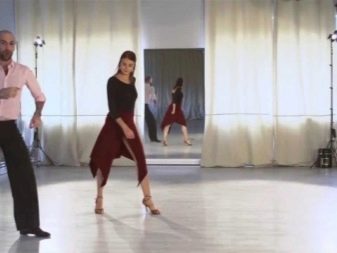
It is noteworthy that it is best to master basic movements on an individual basis. When the steps have been honed to the desired level, you can already train directly with your chosen partner. It is very important not to hinder your own movements. The dancer should try not only to move technically correctly, but also to convey his emotional state. To do this, you should connect facial expressions.
If you reach a certain level, you can take part in competitions.









